Know Thy Poultry
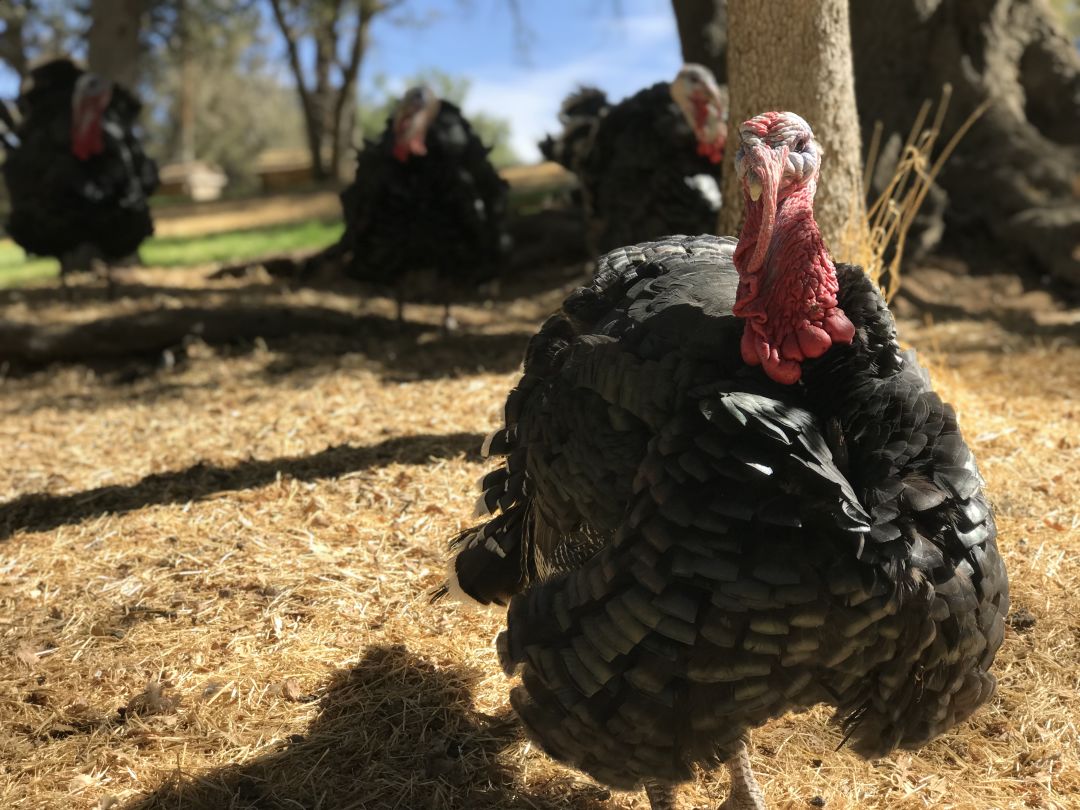
It’s the last Wednesday in November. You’ve procured the cranberry sauce, bagged the green beans and in the cart, a sack of russet potatoes sits next to the stuffing mix and pumpkin pie. Now, it’s time to choose the bird of the day, the showstopper and grand gobbler; wowing friends and family with the perfect turkey can make Thanksgiving even more memorable. But as you weave your way in and out of the crowds, the bountiful options and slew of unfamiliar words stop you in your tracks. Free range? Non-GMO? For all the attention that’s given to the quality and care involved in raising livestock such as beef or chicken, much of that transparency goes out the window when it comes to picking out this seasonal poultry. Just let the indecision fade away like a calming fix of tryptophan; with New Seasons Market, holiday shopping doesn’t have to be daunting.
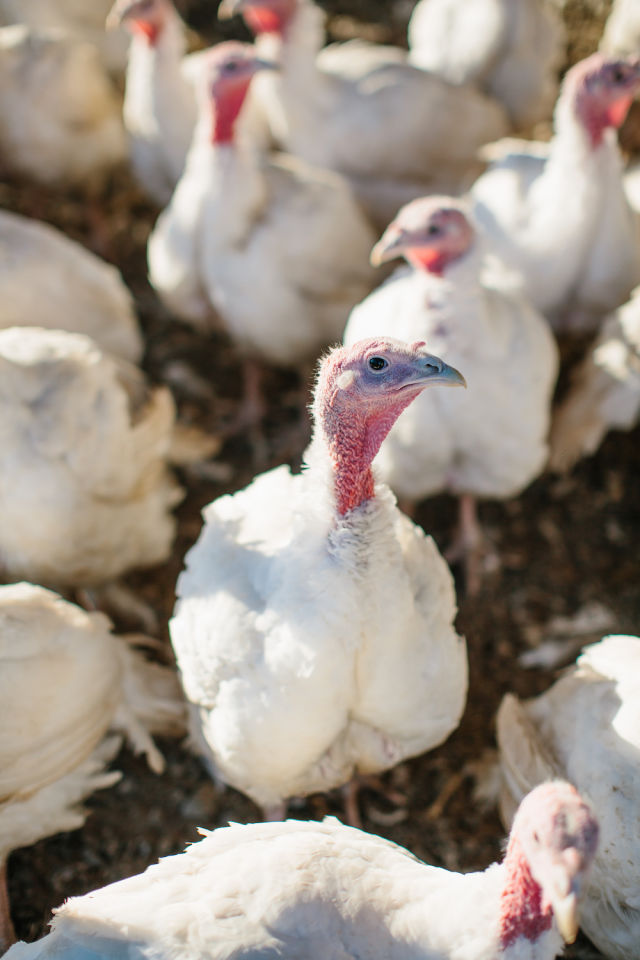
For how close the turkey came to becoming America’s national bird, they are generally treated horribly by traditional producers. Poor conditions, such as filthy factory floors and cramped, artificially-lit cages are commonplace due to a lack of minimum federal standards governing how they live or die. As a result, the birds are highly-stressed, fed a diet riddled with harmful byproducts and because they are so cramped in their pens, oftentimes their claws and beaks are trimmed - without painkillers - to prevent them from harming one another. It’s a nasty business, and certainly isn’t appetizing.
New Seasons only procures ethically-raised turkeys, grown according to strict animal welfare and environmental standards. These partners house the birds in barns with fresh footing lining, providing access to clean water and the outdoors, utilizing holistic practices that rebuild the soil and restore biodiversity. Since the turkeys follow a nutritional program based on an all-vegetarian feed blend, devoid of additives, you’ll understand what you’re eating too. Not only will you taste the difference, you can rest easy during your post-feast nap knowing you didn’t support a nightmare operation.
But, how all of this is communicated on the label can still be pretty confusing. It’s always a good idea to know the terminology, do your own research and read the fine print before you buy - or you might end up as the turkey.
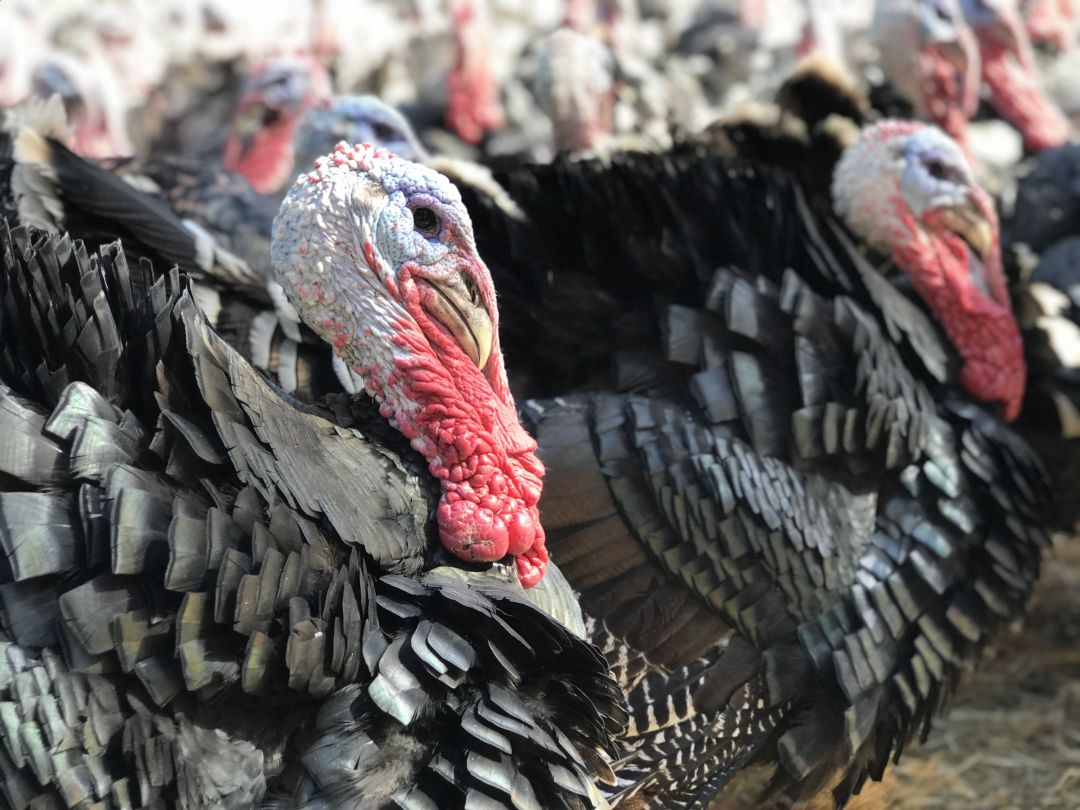
Always Antibiotic Free
The same as no antibiotics ever, this designation is fairly straightforward. Nevertheless, don’t be misled by “antibiotic free” - this just means the turkey may have received medication during its life, but underwent a withdrawal period to flush the drugs out of its system before harvest.
Free-range
While free-range may paint pictures of a heavenly meadow, it typically means the birds live in fixed housing with outside runs, allowing them to stretch their wings and move around. To earn this stamp, producers only have to open the turkey pens to an open, common area for mere minutes a day. Only a few birds may take advantage of this, but all are then labeled free range. It can be a measure of quality, but it can also be deceptive, so caution is justified in this case.
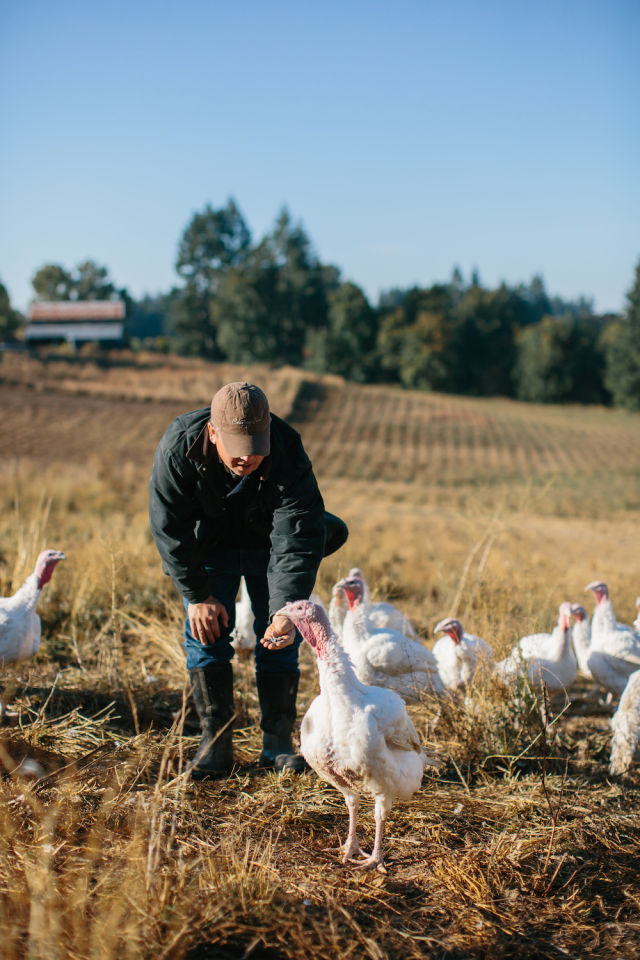
Hard or deep-chilled
Product that has been cooled below 26 degrees Fahrenheit, but not 0 degrees. So, it’s not labeled as frozen or fresh, but may say “not previously frozen.” When it comes to supreme quality and safety, “frozen” turkeys, which are flash frozen below zero right after being butchered, are actually much fresher than “fresh” turkeys, which can sit around for days before processing and transporting to the shelves, and eventually your dinner plate.
Heritage or Heirloom
Heritage turkeys originate from old blood lines that haven't been crossbred with more modern varieties, yet take two to four times longer to mature and are consequently quite a bit more expensive. When it comes to the heirloom tag, it’s a bit harder to nail down without an industry baseline, however it mainly refers to a heritage breed crossed with a modern broad breasted bronze, black or other similar type.
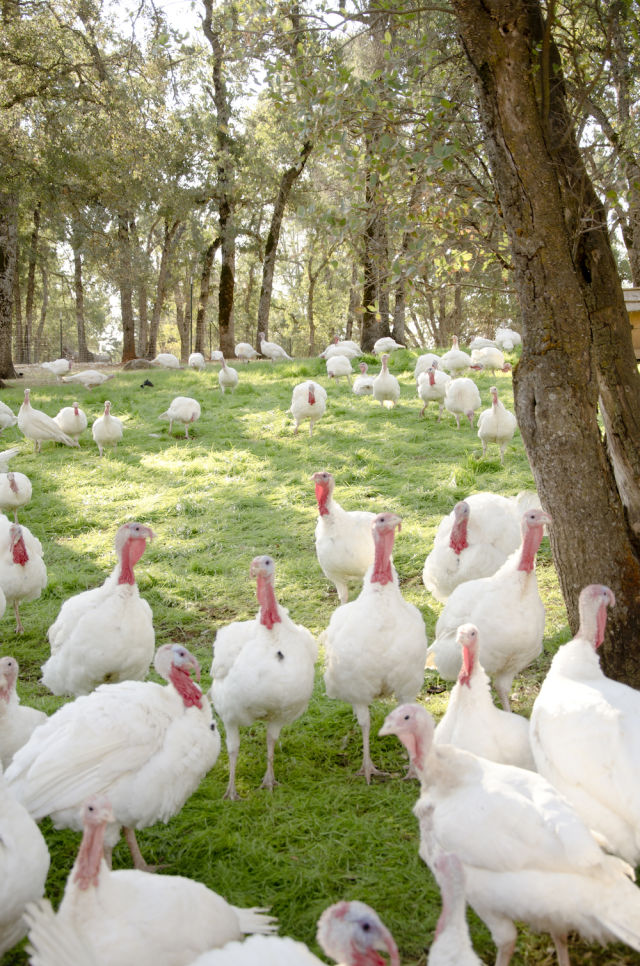
Kosher
Grain-fed with no antibiotics and allowed to roam freely, these birds are raised under rabbinical supervision. This process includes soaking in a salt brine, which imparts a distinctly savory flavor profile. Similar to basted or self-basting turkeys, a solution is added to the meat to augment the weight.
Natural
This is a minimally processed product, devoid of supplemental coloring or artificial ingredients. Yet, this has nothing to do with how the turkey was raised, so antibiotic use and other factors may be unknown to the consumer.
Organic
Turkeys labeled as “organic” must be certified by a USDA-accredited certifying agency. A certified-organic turkey will have been raised on 100% organic feed, given access to the outdoors and will never have received antibiotics. However, there are no guarantees on anything else.
Pasture-raised & Regenerative Ag
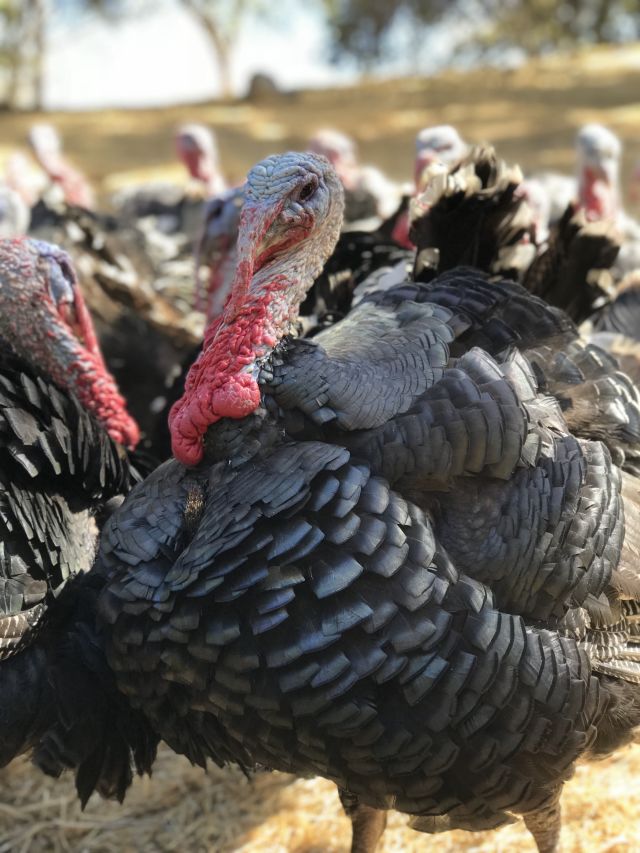
Pasture-raised is more ideal, in the sense that each turkey is grown out and finished in mobile housing that is frequently moved across a field. This supplies continuous fresh forage, cleaner surroundings and when done successfully, produces fertilizer that rejuvenates the farmland and creates the flavorful, nutritious product you see on the shelves. Occasionally, regenerative agriculturists take it a step further by implementing carbon sequestration techniques.
Non-GMO
Non-GMO Project Verified turkeys are not fed genetically-modified crops, such as corn or soy; usually, alternative ingredients — fish meal, peas and other protein sources — are used as replacements.
To browse New Seasons Market’s Thanksgiving offerings, visit newseasonsmarket.com/reserve.
